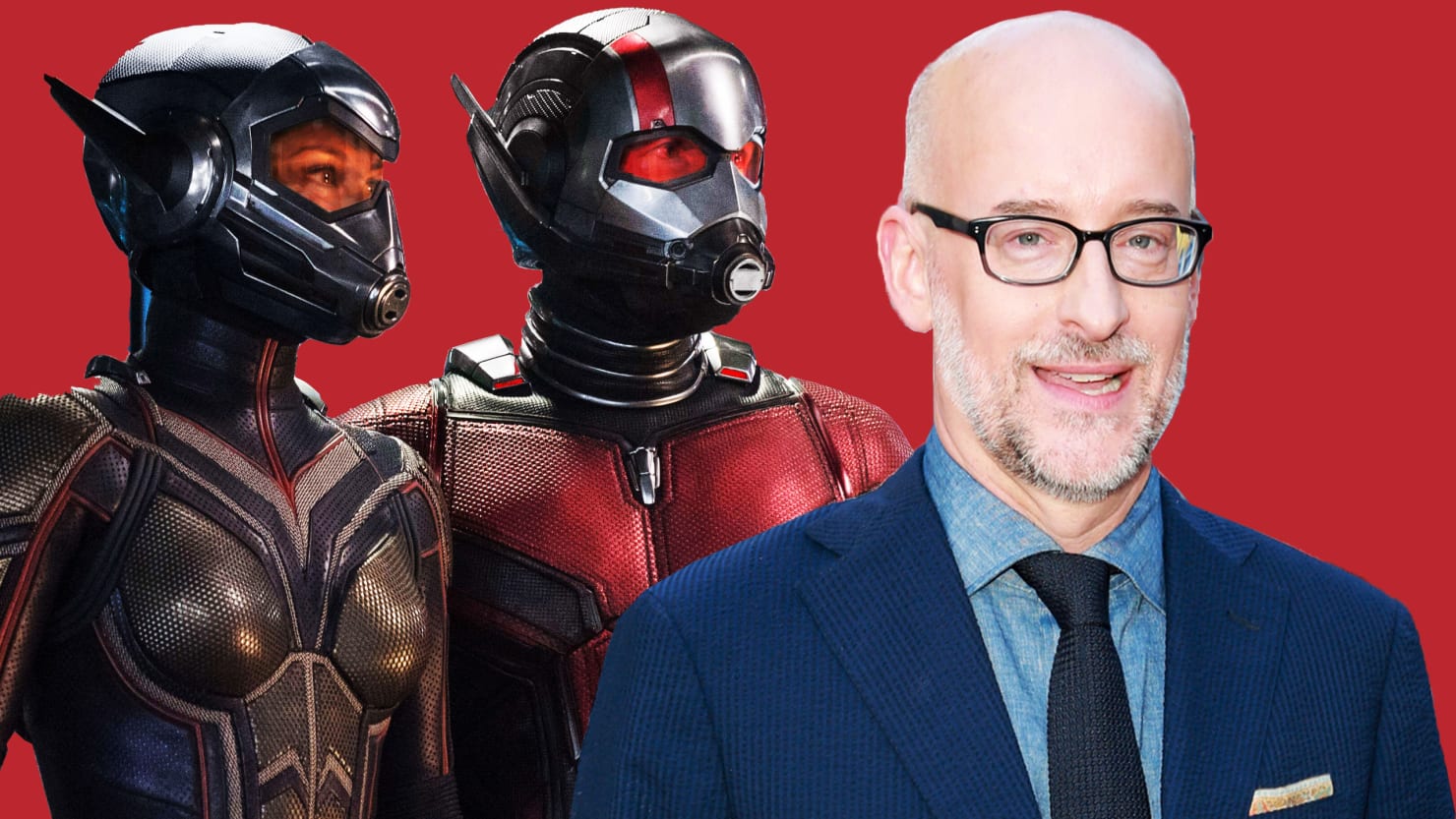‘Ant-Man and the Wasp’ Director on the ‘Shocking’ Backlash to Marvel’s First Female Superhero Lead

Photo Illustration by Sarah Rogers/The Daily Beast
When Peyton Reed inherited the mantle of Ant-Man director from Edgar Wright, who left midway through the Marvel caper he’d scripted about a hero who shrinks to fantastical bug-sized proportions, the idea of the Quantum Realm had not yet touched paper. It was Reed and co-writer Adam McKay who thought to create for the screen a version of the alternate dimension where human concepts of space and time become irrelevant, opening a Pandora’s Box of reality-bending possibilities.
Now, three years and one cataclysmic shift in the Marvel Cinematic Universe later, their idea may hold the key to reversing the cruelest events of Avengers: Infinity War—or so heartbroken fans might hope.
Ant-Man and the Wasp, Reed’s sunny sequel to his 2015 superhero-origin-heist-story starring Paul Rudd, comes on the heels of the darkest entry in the Marvel canon yet. Thanos, that purple menace now armed with all-powerful abilities, has decimated the Avengers and pulverized half the universe, including marquee heroes like Spider-Man, Black Panther, and the Guardians of the Galaxy (minus poor Rocket).
The decidedly bouncier Ant-Man and the Wasp takes place in the same timeframe, focusing on Scott Lang (Rudd) and Hope van Dyne (Evangeline Lilly) as they scour the Quantum Realm in search of the original Wasp, Hope’s mother Janet (Michelle Pfeiffer). Still, it references Infinity War just once before its own cliffhanger ending, a shock at such odds with the film’s zippy tone that Reed sounds at once satisfied, relieved, and half-apologetic discussing it.
“Even when we started working on the script, we knew what the ending of Infinity War was going to be, and we knew that we were going to come after that movie,” Reed says by phone from Los Angeles. “We kept sort of talking around the issue like, well, if it does tie into Infinity War, is it little news items on the TVs in the background? That didn’t seem very interesting to us.”
Reconciling his own film’s effervescence with the gravitas of what Marvel audiences beheld just two months before, he says, proved a puzzle his team mostly coped with through avoidance, “kicking the problem down the road” until there was no road left: “As we got closer, we arrived at this structure that is in the final movie that really appealed to us, where we’re doing our movie and we do the tone of our movie” and then, suddenly, “it does something very differently.”
“This whole thing where there’s a weird sense of entitlement that certain fans have about their ability to control the content of something in a weird way, or this thing where it’s like, ‘Star Wars is dudes, man, you can’t have women! You’ll ruin it!’ It’s so crazy to me. It’s OK to have a walrus creature or a robot, but not a woman?”
The Quantum Realm bestowed an even trickier blessing/curse. “The good news was that we could make it anything we wanted and it was virtually infinite. But that was also the bad news because there’s so much to deal with,” Reed says. An idea as vast and vague as a space and time-warping microverse (and not the same one as in the comics) was complicated further by how the mechanics assigned to it in Ant-Man and the Wasp might reverberate post-Infinity War.
Before Thanos snapped his fingers, allusions to time vortexes and quantum entanglement might have stayed mostly in Ant-Man’s sandbox. (And Doctor Strange, whose portal-opening sling rings allow access to the Quantum Realm, too.) After Infinity War, they sound tantalizingly like tools with the potential to help undo the Mad Titan’s devastation. That’s a universe of pressure on ant-sized shoulders.
“We really had lots of discussions about how much this movie and this intimate story about family and this mission to rescue Hope’s mom, how much we get to stay in and tell that story,” Reed says of balancing his San Francisco-set sequel’s grounded stakes with the cosmic implications of what it reveals about the Quantum Realm. His team decided, he says, on exploring “just enough” of the dimension to propel the van Dynes’ search forward, while leaving “little hints of other stuff” for future Marvel movies to build on.
Audiences by now know to expect that they will. Ten years and 20 films in, the Marvel Cinematic Universe has woven an unprecedentedly consistent tapestry of shared details, histories, and characters, from the high fantasy of Asgard and the Guardians’ galactic domain, to the sociopolitical intrigue surrounding Captain America and Black Panther, to Peter Parker’s high school hijinks in Queens.
Ant-Man and the Wasp, however, adds a singular new thread, one whose omission has glared conspicuously from…